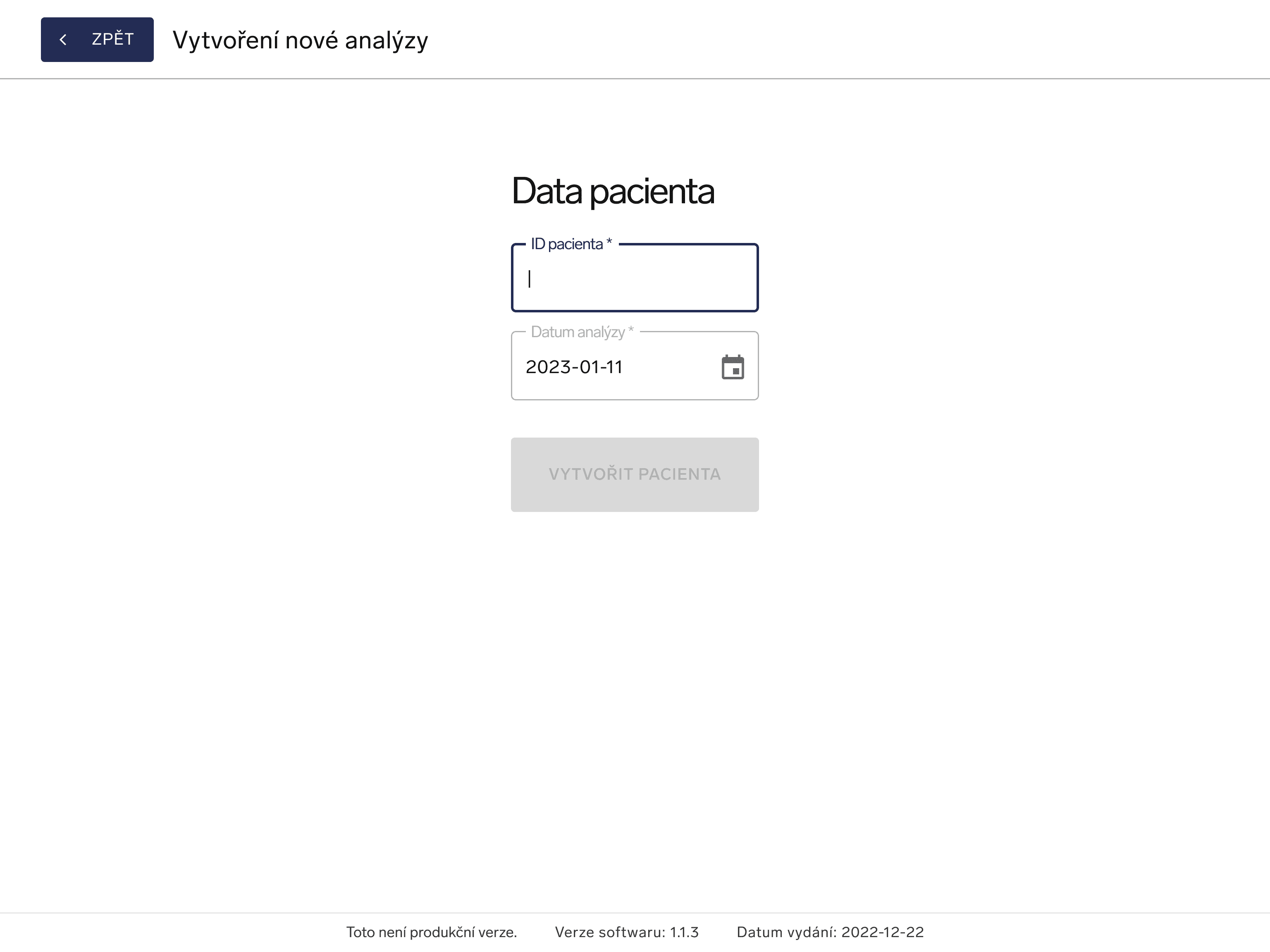Implementation
The deployment of Aireen®'s autonomous disease detection system encompassed several stages.
Interface Optimization
The software interface underwent enhancements to improve user experience and accommodate future expansions.
User Training
Various user roles received tailored training to empower them to utilize the software effectively.
Continuous Improvement
Feedback loops were established to gather insights from frequent users, driving ongoing enhancements and optimizations.

Solutions
Aireen® implemented several strategic initiatives aimed at enhancing comfort and ease for patients and healthcare providers.
User Experience Enhancement
Streamlined user actions to ensure intuitive and effortless interactions.
Future Adaptability
Adapted the software interface strategically to anticipate future expansions in diagnosis and related features.
Role-Based Settings
Accommodated various organizational roles with customizable settings and competencies, catering specifically to the needs of doctors and medical professionals.
Challenges
Aireen is a web application. The main use of the Aireen is to collect data using AI power, analyze each disease, and create a detailed report. The main purpose of the project was to increase usability through the adaptation of modern design aesthetics. Most importantly, it had to be intuitive, as Aireen is used for medical purposes.

Autonomous disease detection based on retina imaging using artificial intelligence
Aireen® DR is an advanced AI-based medical device software that provides non-invasive, painless screening for chronic diseases by analyzing digital images of the retina. The retina is the only part of the human body where blood vessels can be observed directly. Using state-of-the-art AI technology, Aireen® DR accurately detects retinal changes with its proprietary neural network models.
Results
The collaboration between Aireen® and our team produced notable outcomes.
Enhanced User Satisfaction
Doctors and medical professionals experienced greater comfort and ease in conducting diabetic retinopathy screenings, leading to increased utilization of the application.
Improved Diagnostic Efficiency
The integration of AI technology facilitated faster and more precise analysis, enabling timely intervention and treatment for patients.
Organizational Efficiency
Role-based settings and competencies streamlined internal processes, optimizing resource allocation and enhancing organizational effectiveness.
Conclusion
Through unwavering dedication to innovation and user-centric design, Aireen® has transformed healthcare screening with AI technology. This collaboration underscores the critical role of strategic adaptation and empowering users to drive meaningful change within the medical industry.
Future Directions
Moving forward, Aireen® is committed to advancing its software interface and diagnostic capabilities to meet the evolving needs of medical professionals and patients. By nurturing a culture of innovation and collaboration, Aireen® is positioned to maintain its leadership in revolutionizing healthcare delivery and enhancing patient outcomes globally.
Yule Kim - Product Designer in Czechia



























